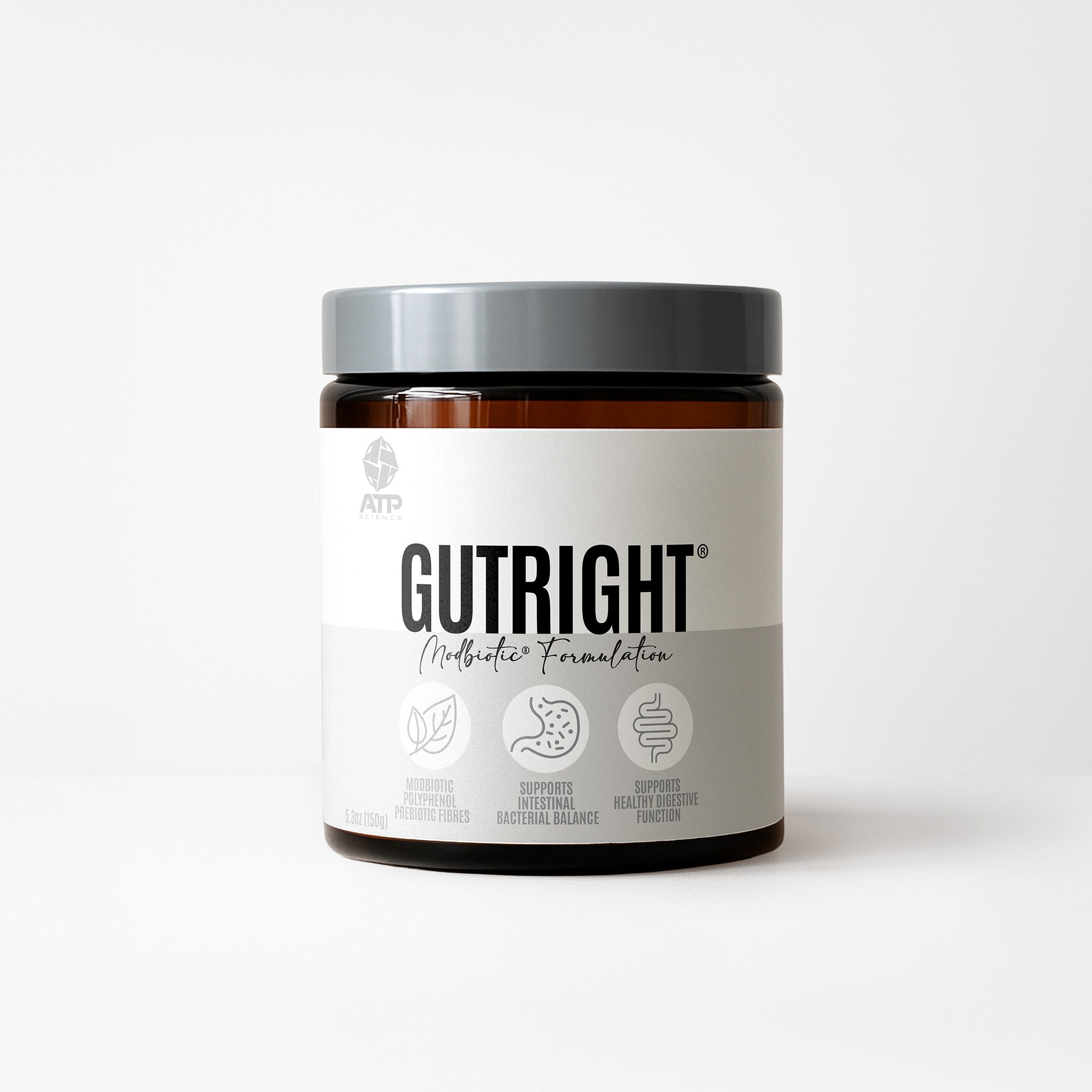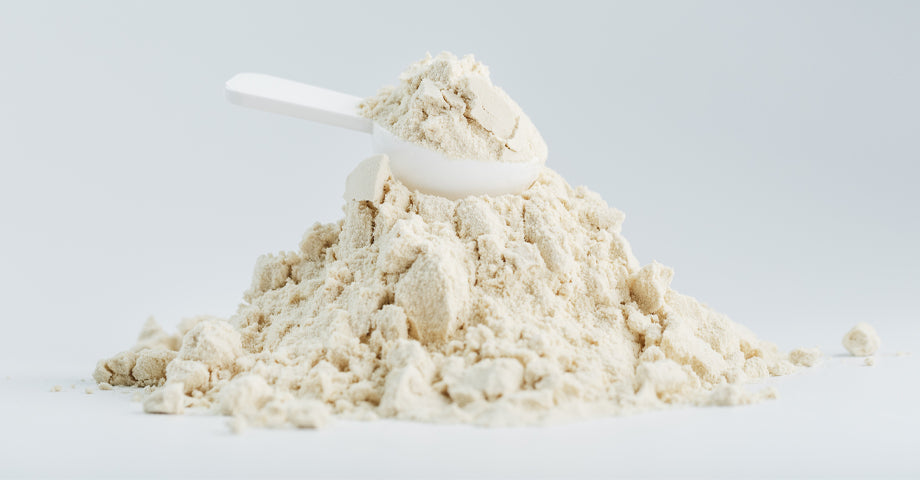Crocus sativus, or as it is known to its friends, Saffron, is a valued spice in many countries around the world. And valued is an understatement because Saffron is the most expensive cultivated spice in the world![1] The word Saffron comes from the Arabic word that means "yellow"[2], but its colour is vastly more vibrant than your average yellow. The plant itself is vibrant in colour with bright green leaves, flowers of light purple, and the striking reddish stigma which is the most prized part of this amazing plant. Carotenoids are responsible for the beautiful colours in Saffron. In 1818, Ascoff isolated a carotenoid and named it crocin, which is derived from the word “crocos”, which means Saffron in German.[3] Amazingly, it takes 36,000 flowers to produce just 400g of these valuable stigmas (which is one reason why the cost is so high).[4]
Traditional uses of Saffron
People living in Rome and Egypt first took advantage of the amazing colour of the spice and used Saffron as a spice, a colour in cooking and as a dyeing agent.[5] The traditional uses of a herb or spice often match the modern, scientifically tested benefits and this certainly is the case for Saffron. Since ancient times, the medicinal value of Saffron has been used extensively. It has been traditionally used to benefit people suffering from depression, to induce appetite, to treat coughs, relieve menstrual cramps and to ease respiratory congestion.[6] Saffron has also been used by Hindu women for the preparation of the traditional dot at their forehead (known as bindi) and is spiritually believed to be a symbol of good luck, to retain strength and improve concentration.[7]
Uses of Saffron
Today, Saffron is used for several conditions, but it has a high affinity for neurological disorders. Probably the most common mental health disorders in the Western world are depression and anxiety.[8] Numerous studies have found that Saffron is highly beneficial for both conditions. Specifically, a recent meta-analysis compared Saffron with a commonly prescribed drug for the treatment of depression. A recent meta-analysis using 30mg of Saffron per day, found that Saffron was equally effective at treating depression.
In a double-blind placebo-controlled trial, Saffron was given to individuals suffering from both anxiety and depression. This study was performed over 12 weeks and a standard depression and anxiety measurement (Beck Depression Inventory (BDI) and Beck Anxiety Inventory (BAI) questionnaires)) were used to monitor the Saffron and the placebo group. What they found was that the Saffron group experienced reduced anxiety and depression, while there was little to no improvement in the placebo group. This led the researchers to conclude that “Saffron appears to have a significant impact in the treatment of anxiety and depression disorder. Side effects were rare.”[10]
In a 2021 randomised, double-blind, parallel-group, clinical trial which used a 30mg daily dose of Saffron to determine if it would improve the depressive state of individuals when these participants were exposed to daily stress. In the participants, urinary crocetin (a carotenoid found in Saffron) was measured to ensure compliance of the saffron treatment and to see whether there was any correlation between levels of crocetin and mental health. At the end of 8 weeks, it was found that a typical stress-induced decrease in heart rate variability during exposure to the stress was achieved. What it means is that Saffron reduced the symptoms of stress on the body when compared to the placebo. The researchers also found that there was a direct correlation between the amount of crocetin in the urine and a subjective reduced feeling of depression, meaning the more Saffron someone took, the less depressed they felt.[11]
Despite these results, we must say that Saffron (or any natural medicine) should not be taken instead of prescribed medication, and we recommend discussion with your health practitioner before you take herbal medicines.
Saffron plus training
Saffron is also popularly taken to boost sporting performance, as well as make you feel better when you exercise. It also makes the colour of your pre-workout drink amazing. In a recent study, Saffron was trialled in a double-blinded placebo-controlled manner in young men that undertook resistance training. All of the men undertook a standard exercise program; with the treatment group receiving a 30mg dose of Saffron. It was found that the Saffron group had higher levels of brain chemicals (including:
Anandamide – the bliss neurotransmitter that binds to the same receptors in the brain as THC in Cannabis.
Serotonin – the happy hormone that relaxes the individual and improves depression.
Dopamine – the neurotransmitter that results in drive and focus.
b-endorphin – Endorphins are the king of the feel-good chemicals in the brain.
On top of these benefits, adding Saffron to resistance training resulted in a greater level of happiness than exercise alone.[12]
The take-home message
Saffron has obvious nootropic effects and has been found in many well-controlled studies to benefit individuals suffering from depression and anxiety. The carotenoids in this spice cross the blood-brain barrier and have numerous beneficial effects when they enter the brain. It also is beneficial when taken alongside exercise, which is why it is such a popular spice to take as a pre-workout supplement. The studies, plus the centuries of ingestion as a food suggest the spice is very safe to take. Sure, it is an expensive supplement to take, but your brain is worth it.
It must also be said that taking Saffron or any natural medicine can interact with prescription medication so please discuss with your doctor before you take herbal medicines, especially if you are taking any prescription medicine.
To find out more on this topic listen in to episode 366 of the ATP Project podcast.
Or check out the video version on YouTube:
REFERENCES
[1] Saeidnia S. Future position of crocus satives as a valuable medicinal herb in phytotherapy. Pharmacognosy J. 2012;4:71.
[2] Evans WC. 14th ed. London: WB Saunders Company Ltd; 1997. Trease and Evans’ Pharmacognosy; p. 438.
[3] José Bagur M, Alonso Salinas GL, Jiménez-Monreal AM, Chaouqi S, Llorens S, Martínez-Tomé M, Alonso GL. Saffron: An Old Medicinal Plant and a Potential Novel Functional Food. Molecules. 2017 Dec 23;23(1):30. doi: 10.3390/molecules23010030. PMID: 29295497; PMCID: PMC5943931.
[4] Wani BA, Hamza AKR, Mohiddin FA. Saffron: A repository of medicinal properties. J Med Plant Res. 2011;5:2131–5.
[5] Abu-Izneid T, Rauf A, Khalil AA, Olatunde A, Khalid A, Alhumaydhi FA, Aljohani ASM, Sahab Uddin M, Heydari M, Khayrullin M, Shariati MA, Aremu AO, Alafnan A, Rengasamy KRR. Nutritional and health beneficial properties of saffron (Crocus sativus L): a comprehensive review. Crit Rev Food Sci Nutr. 2020 Dec 17:1-24. doi: 10.1080/10408398.2020.1857682. Epub ahead of print. PMID: 33327732.
[6] Abu-Izneid T, Rauf A, Khalil AA, Olatunde A, Khalid A, Alhumaydhi FA, Aljohani ASM, Sahab Uddin M, Heydari M, Khayrullin M, Shariati MA, Aremu AO, Alafnan A, Rengasamy KRR. Nutritional and health beneficial properties of saffron (Crocus sativus L): a comprehensive review. Crit Rev Food Sci Nutr. 2020 Dec 17:1-24. doi: 10.1080/10408398.2020.1857682. Epub ahead of print. PMID: 33327732.
[7] Mzabri, I., M. Addi, and A. Berrichi. 2019. Traditional and modern uses of saffron (Crocus sativus). Cosmetics 6:63. doi: 10.3390/ cosmetics6040063.
[8] Steel Z, Marnane C, Iranpour C, Chey T, Jackson JW, Patel V, Silove D. The global prevalence of common mental disorders: a systematic review and meta-analysis 1980-2013. Int J Epidemiol. 2014 Apr;43(2):476-93. doi: 10.1093/ije/dyu038. Epub 2014 Mar 19. PMID: 24648481; PMCID: PMC3997379.
[9] Khaksarian M, Behzadifar M, Behzadifar M, Alipour M, Jahanpanah F, Re TS, Firenzuoli F, Zerbetto R, Bragazzi NL. The efficacy of Crocus sativus (Saffron) versus placebo and Fluoxetine in treating depression: a systematic review and meta-analysis. Psychol Res Behav Manag. 2019 Apr 23;12:297-305. doi: 10.2147/PRBM.S199343. PMID: 31118846; PMCID: PMC6503633.
[10] Mazidi M, Shemshian M, Mousavi SH, Norouzy A, Kermani T, Moghiman T, Sadeghi A, Mokhber N, Ghayour-Mobarhan M, Ferns GA. A double-blind, randomized and placebo-controlled trial of Saffron (Crocus sativus L.) in the treatment of anxiety and depression. J Complement Integr Med. 2016 Jun 1;13(2):195-9. doi: 10.1515/jcim-2015-0043. PMID: 27101556.
[11] Jackson PA, Forster J, Khan J, Pouchieu C, Dubreuil S, Gaudout D, Moras B, Pourtau L, Joffre F, Vaysse C, Bertrand K, Abrous H, Vauzour D, Brossaud J, Corcuff JB, Capuron L, Kennedy DO. Effects of Saffron Extract Supplementation on Mood, Well-Being, and Response to a Psychosocial Stressor in Healthy Adults: A Randomized, Double-Blind, Parallel-Group, Clinical Trial. Front Nutr. 2021 Feb 1;7:606124. doi: 10.3389/fnut.2020.606124. PMID: 33598475; PMCID: PMC7882499.
[12] Moghadam BH, Bagheri R, Roozbeh B, Ashtary-Larky D, Gaeini AA, Dutheil F, Wong A. Impact of saffron (Crocus Sativus Linn) supplementation and resistance training on markers implicated in depression and happiness levels in untrained young males. Physiol Behav. 2021 May 1;233:113352. doi: 10.1016/j.physbeh.2021.113352. Epub 2021 Feb 6. PMID: 33556410.


















